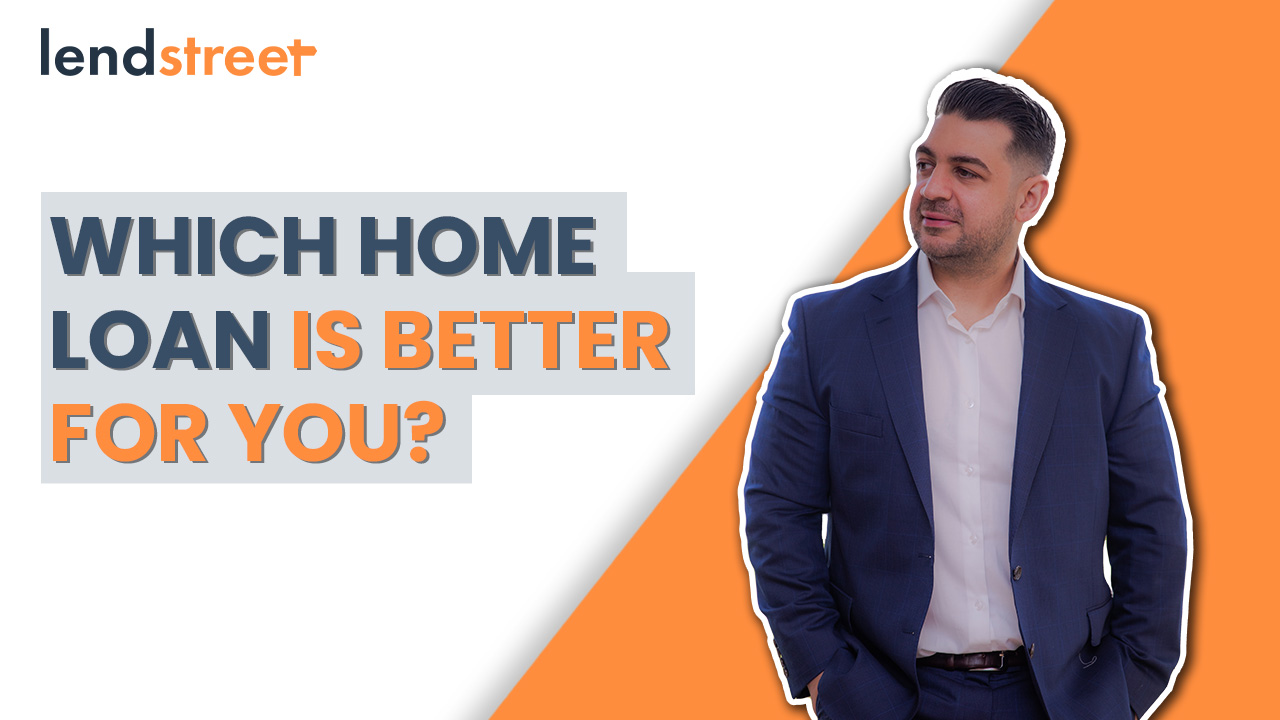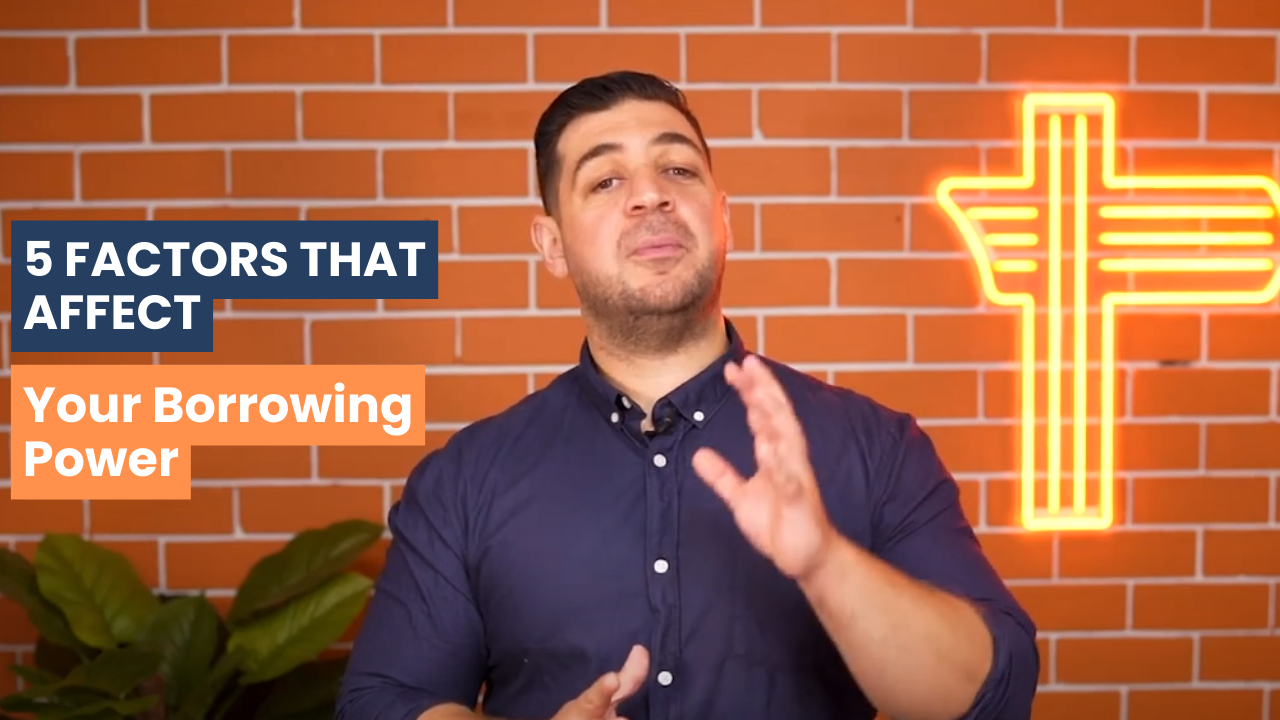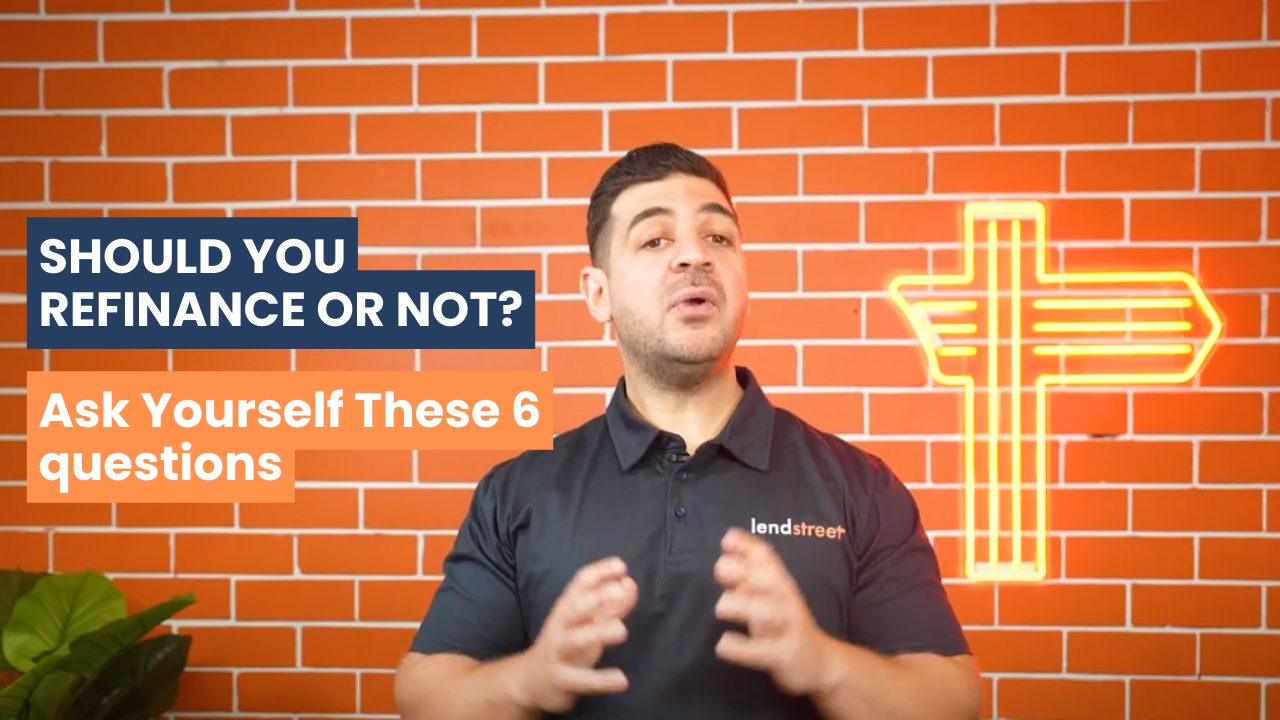Introduction
In this video, Michael will explain the different types of loans available to borrowers in Australia, including fixed rate, variable rate, interest only, and split home loans. He will break down the pros and cons of each option and provide some examples to help you understand the key differences between these home loans.
For instance, fixed rate loans offer stability but may come with higher interest rates, while variable rate loans can be more volatile but often offer more competitive rates. Interest only loans may be ideal for investors or those with fluctuating income, and split home loans can offer the best of both worlds by allowing borrowers to divide their loan into fixed and variable portions. Whether you’re a first home buyer or a seasoned investor, this video will help you make an informed decision about which type of loan may be best for your unique circumstances.
Transcript
0:00
Picking a home loan is a big decision – one you don’t want to jump into without doing your research. But there’s quite a lot to sort through because home loans come in all shapes and sizes. So, here are a few tricks to help you decide which type of loan is going to work best for you. Hey, everyone! Michael here from Lendstreet – helping you make informed decisions about your loan and finance needs. When taking out a home loan, one of the biggest decisions you’ll need to make is what type of loan to take out. Each option offers unique advantages and certain conditions that can impact your decision depending on your personal and financial circumstances. So in today’s video, we’ll walk through the different home loan types, how they might work for you and your financial situation, and what you need to consider. Let’s start with how these loans are made up. They
The principal and interest
0:53
generally have two parts – the principal part which is the amount of money you borrow, and the interest part the interest part is how much you pay to borrow the money. Some loans are made up of principal interest which you’ll probably see called p loans, others are interest only loans. As the name suggests with both, you can either choose to repay both the principal amount and the interest amount from the get-go or you can start by just repaying the interest amounts. Then you have different types of loans based on the actual interest rate. When a home loan broker talks
Fixed home loans
1:22
about fixed home loans, they are referring to the home loan financing options that are essentially locked into pre-arranged unchangeable interest rates that typically last one to five years. The main advantage of a fixed home loan is certainty because your interest rate stays the same over the agreed upon period. This will allow you to plan for the future knowing that your repayments will stay the same during that time . Another main advantage is that you’re protected against interest rate rises. With the last RBA cash rate hikes those with fixed rates are sure to be very relieved.
Unfortunately, there are two sides to this coin if the interest rate drops, you’re at risk of paying above market rates. Also, most lenders cap the additional repayments. So, if you repay more than the agreed sum across the year, you’re at risk of breaking the fixed rate agreement and being hit with a penalty to recover the lender’s loss. This also happens if you choose to refinance before the agreed rate is up and then the last thing to consider is that you’ll have limited access to loan features like offset accounts or redraw facilities, which lead leads
Variable rate home loans
2:21
me to variable home loans. With a variable rate loan, the rate can go up and down which means that your repayments can vary if the RBA and lender decide to increase or decrease interest rates. So, there’s a little more uncertainty with this option compared to fixed rate loans. But it also comes with more flexibility. For example, most variable loans offer the benefit of unlimited repayment options which could save you thousands of dollars in potential interest. Other benefits That make variable homeloans especially appealing is the choice to have an offset account and redraw facilities attached to the loan. An offset account is a transaction account that you can link to your
Offset account
2:55
home loan. It generally functions as a regular daily account. This means you can generally deposit money into an offset account, redraw money from it, and buy things using a debit card linked to it, If you need to. The main benefit of an offset account compared to an ordinary transaction account is that the money you put into it is offset daily against the balance of your home loan. And interest is charged against this reduced amount rather than the full outstanding balance of your home loan. For example, if you had three hundred thousand dollars left to repay on your home loan but fifty thousand dollars sitting in a full offset account you would only be charged interest on two hundred and fifty thousand dollars. A redraw facility works a little
Redraw facility
3:34
differently because it’s not a separate bank account. Basically, it allows you to withdraw any additional repayments you’ve already made towards your home loan. So both of these extra features could essentially help you reduce the amount of interest you pay over the lifetime of your loan. Of course, there’s also some risks with variable loans so, you need to understand how interest rate variations can affect your loan repayments overall especially with interest rates currently on the rise. With the right mortgage broker in your corner though, you can walk through how increases of this size could impact your specific repayments. If you can’t decide between variable
Split home loans
4:06
and fixed, you could go for a combination of the two in the form of a split home loan. Split home loans offer the best of both worlds for homeowners unwilling to compromise on repayments but who also don’t like the idea of uncertainty. That’s because split rates in enable fixed interest on one part of a loan and variable rates on the other depending on the split you decide. For example, you could split the loan 50-50 or 40-60 and so on. The most notable downsize of this option is that there’s still limitations on things like repayments but these aren’t as strict and largely depend on your specific agreement or split rate.
It’s worth noting too that split mortgages can often be considered as two different accounts meaning that you may face higher account fees in general. Now, I hope this has helped you understand the basics that you have some idea of what a broker is talking about when you walk into their office. But ultimately, understanding loan types on paper is not going to guarantee the best loan for your needs. In fact, as market dips and increases over the past few years have shown, even research isn’t going to be enough to ensure that. Instead, you need to speak with someone at the forefront of the
Get advice from a mortgage broker who truly understands what’s happening with the property market.
5:11
housing market who understands what’s happening now, how things are set to change, and what this means for interest rates and loan values. And that someone is usually a mortgage broker. Not only will they have this knowledge, but they’ll also take your circumstances and future plans into account. Our dynamic approach to matching you with the right loan here at Lendstreet Mortgage Brokers could see you finding the loan that you need minus the stress.
So, whether you have some idea of what would work for you or you need guidance to get you on the right track in the first place, don’t hesitate to reach out. Of course, you also need to do a little digging of your own to make sure that you fully understand your options. But I hope this video has helped you get the ball rolling with finding the best home loan. If you did gain some insight, remember to hit the SUBSCRIBE button and stay tuned for more tips and advice to help you make informed decisions about your loan and finance needs. Until next time!
Other related videos
Introduction They’re at it again. The RBA has raised the cash rate by 25 basis points to 4.35%. The ...
Watch on YouTube Transcript 0:00 There are several important factors that may be taken into account ...
Watch on YouTube Transcript 0:00 When is home loan refinancing the right thing to do? The ...








